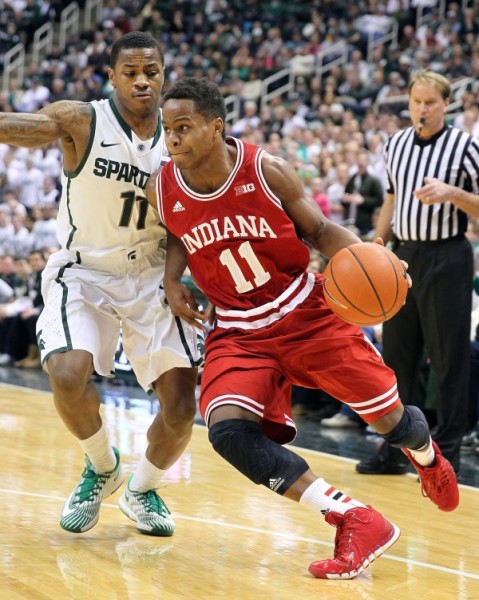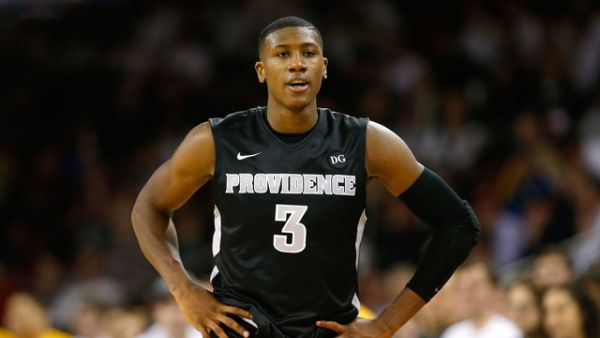Posted by Patrick Engel on February 10th, 2016
Michigan entered last week’s games against Indiana and Michigan State with confidence. The Wolverines were 7-2 in Big Ten play and winners of four straight. Six of those conference wins had come without All-Big Ten guard Caris LeVert. A week later, two blowout losses on its home floor leave Michigan with a lot of questions at a pivotal point in its season. Thought to be a sneaky Big Ten title contender and a near-lock for the NCAA tournament just a over a week ago, Michigan now sits in fourth place in the Big Ten standings. The Wolverines schedule doesn’t ease up, either; after a Wednesday road game at Minnesota, Michigan hosts Purdue before traveling to Ohio State and Maryland.

Michigan coach John Beilein and his team are searching for answers after blowout home losses to Indiana and Michigan State. (Lon Horwedel/AnnArbor.com)
John Beilein’s offense is designed around the three-pointer. During most of his tenure in Ann Arbor, Michigan has possessed the shooters to make a high percentage of three-point attempts. This year is no exception: the team shoots 40.3 percent on three-pointers and has four players who shoot at least 45 percent from long-range. But the Wolverines have made only 24 of 87 (28%) three-point attempts over their last three games. Duncan Robinson, who has made 48 percent of his three-point attempts on the season, has made just 29.7 percent (14-47) in his last six games. In the Michigan State loss, Muhammad-Ali Abdur-Rahkman had three wide-open looks from three-point range and missed them all. Michigan can beat Penn State and Minnesota without hitting a lot of its threes, but against Michigan State and the rest of the Big Ten’s best, they absolutely need those shots to fall.
Teams and players go through shooting slumps, but Michigan’s offensive struggles don’t feel like just another slump. Part of Michigan’s ability to make threes derives from its ability to find clean looks beyond the arc. Beilein’s offense involves a lot of ball movement and demands time to create such shots. In its two losses last week, Michigan didn’t move the ball well at all, assisting on only 40 percent of made field goals – a clip well under its 57 percent season average. The decline in assists per field goal made and the larger shooting struggles may be partially a product of an offense where the ball-handler is the only player moving. The result of the stagnation, at least of late, has been more predictable, easier-to-guard three-point attempts. Without LeVert, Michigan simply doesn’t have enough players who will consistently win in iso situations to make up for the lack of ball movement. It also doesn’t have a big man capable of producing offense with their back to the basket. Post-ups have never been a big component of Beilein’s offense, but they are a good weapon for offenses struggling to space the floor and find open shots. The lack of execution has created long scoring droughts, too: Indiana, for instance, ended the first half on a nine-minute, 25-0 run against the Wolverines.
Defensively, Michigan hasn’t been good either. Indiana and Michigan State averaged 1.16 and 1.29 points per possession in scoring 80 and 89 points against the Wolverines, respectively. The 70 and 73 points the Wolverines have scored in the two losses are also misleading, as Michigan struggled to score until each game’s final, meaningless minutes. Still, even after last week, Michigan is very much in the thick of the NCAA tournament discussion. Better yet for Wolverine fans, it’s clear that this team has the talent to start winning again, especially with LeVert’s impending return. But if the stagnant offense persists, Michigan could find itself spending another March at home.
| big ten, microsites
| Tagged: Caris LeVert, indiana, john beilein, michigan, michigan state, wolverines
Share this story















































